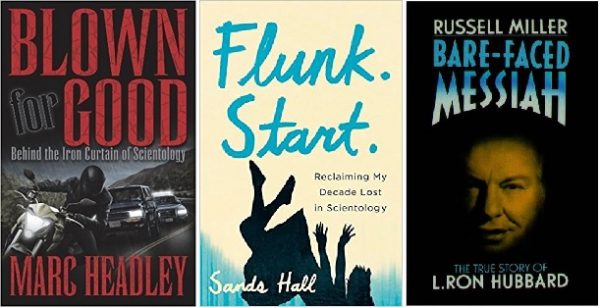
In May 2018 we had a little inspiration. We noticed Marc Headley posting online a wonderful anecdote that also appears in his very entertaining book, Blown for Good: Behind the Iron Curtain of Scientology. Marc’s story of escape from Scientology’s Int Base was published back in 2009, and is maybe the best of the books written by former Sea Org members about fleeing their former lives.
We asked Marc if there was another fun excerpt from his book that we might post to remind people just how good his book was, and thus a Saturday regular feature was born. We called it “Scientology Lit,” and each week we brought you an excerpt from a previously published book about Scientology or we reviewed a new book coming out.
So at this page we’re compiling links to all of the books we reviewed or excerpted in our Scientology Lit weekly feature, arranged in alphabetical order. How many have you read?

“One of the truly monumental books about Scientology, Jon Atack’s ‘A Piece of Blue Sky: Scientology, Dianetics, and L. Ron Hubbard Exposed’ came out in 1990 and was nearly sued out of existence. We were fortunate to come across a copy in the 1990s as we were just beginning a career investigating Scientology stories.”
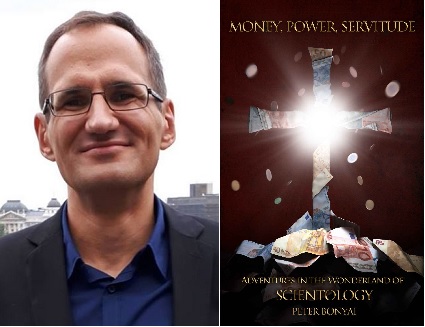
“In the first excerpt, Péter gives us a glimpse about what it’s like to be the target of Scientology’s secret police, OSA. And in the second, he has some great insights about the start of the ‘Ideal Org’ program, the special obsession of Scientology leader David Miscavige.”
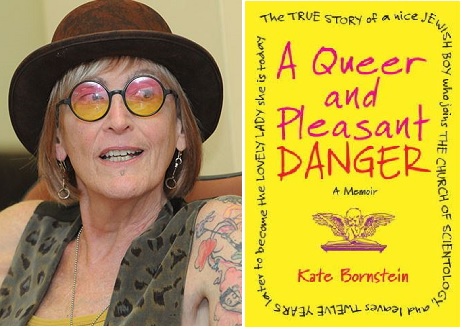
“One of our favorite stories at the Village Voice was the chance we got to write about Kate Bornstein’s unique journey in Scientology and later as a well-known New York transgender performance artist, captured in the 2012 memoir, ‘A Queer and Pleasant Danger’.”
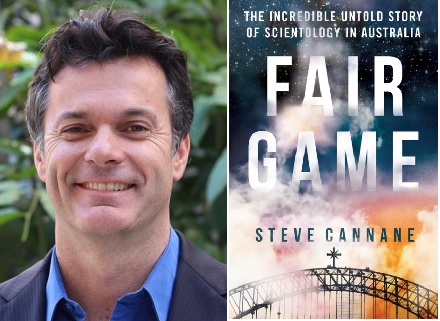
“One of the best researched and written books about Scientology in any era, Steve covered a vast amount of territory.”
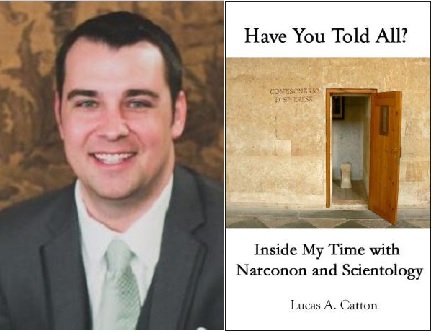
In 2013, Lucas Catton self-published a remarkable book about his experience as the president of Scientology’s flagship drug rehab center, Narconon Arrowhead. He also appeared in an episode of the former investigative news program Rock Center, and he showed up here at the Bunker in several stories. Since then, he pulled his book from sale and has largely gone quiet.
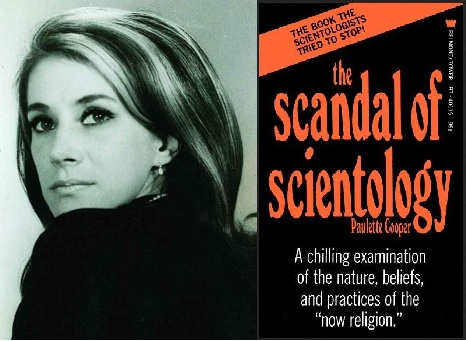
“A book that drove L. Ron Hubbard to distraction. It was written by a New York magazine writer named Paulette Cooper, who was only 28 when it came out on June 1, 1971. Even before its publication, Paulette became an obsession with Hubbard as he tried to destroy her utterly with a series of complex operations.”
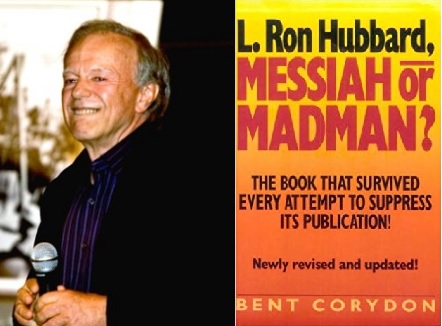
“Bent was a mission holder in Riverside, California who lost his mission but fought successfully to hold on to the building it was in. He also had to fight litigation from the church over his book, and also had to deal with his co-writer, L. Ron Hubbard Jr., pulling one of his flip-flops and turning on him.”

“Robert gives us a look inside Scientology’s operation in Copenhagen, its headquarters in Europe, where he spent some of his 20 years in Scientology before leaving the organization in 2004. We hope this intriguing chapter gives you some idea of how much the authoritarian nature of Scientology is consistent around the world.”

“Los Angeles contemporary artist Carol Es wrestles with her experiences growing up in a dysfunctional family in LA’s San Fernando Valley, abuse by men who objectified her, and her struggles and success as a rock drummer and artist. The book also has some illuminating anecdotes from her life in Scientology.”

“Our thanks to Janis for such an extended look at her book, which follows her harrowing journey as a child in Australia caught up as one of Hubbard’s personal indentured servants!”
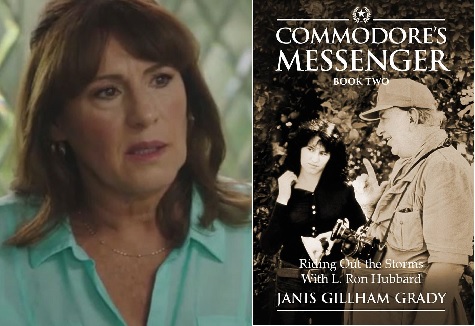
“Janis has generously shared with us a short excerpt from her many adventures aboard the ship Apollo with the Commodore and, in this case, on land in Tangiers in 1972.”

“Sands, a veteran musician and writing instructor, may not have been a Sea Org member or high-ranking Scientology executive, but we found her book to be one of the best for explaining the ‘tech’ that members encounter and the ways that Scientology affects the mind.”

“A compelling story about Jefferson’s rise in the organization, and what it was like to work at some of Scientology’s most secret locations and up close with church leader David Miscavige.”
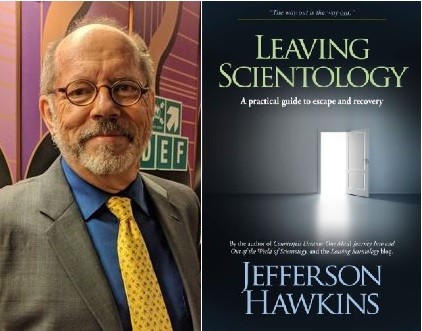
“Jefferson provided a major service by writing a book aimed directly at other Scientologists who might have doubts about the organization.”
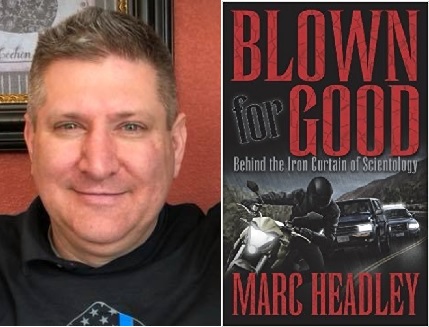
Marc’s book “tells us so much about the Orwellian world of Int Base, Scientology’s secretive international management compound near Hemet, California, and its extreme paranoia about controlling the lives of workers and cutting them off from the outside world.”

“Lori’s children, Jessica and Jeremy, disconnected from her when she left Scientology. The father of the children and Lori’s former husband, Jim Leake, is still in the church. For years, Lori has struggled to get any information she can about her kids, and then one night she got a scare in a really unusual way…”
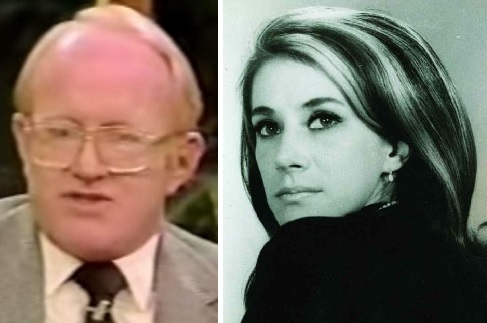
“For several weeks in the late summer of 1972, Nibs worked with Paulette to produce a 63-page manuscript about the origin of Scientology…The entire 63-page, 15,000-word essay has never been made public. But now, inspired by Alec Nevala-Lee, that’s exactly what we’re doing.”
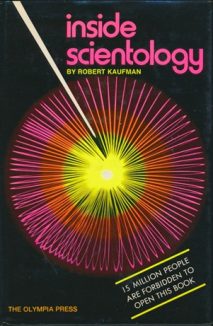
“Robert Kaufman, a talented Broadway piano player, ditched his life as a musician to chase ‘Clear’ and beyond in Scientology, leaving Manhattan for what was then the newly opened ‘Advanced Org’ in Edinburgh, Scotland. He came home a broken man, checked himself into a mental hospital, and then began writing about his experience in Scientology as a form of therapy.”
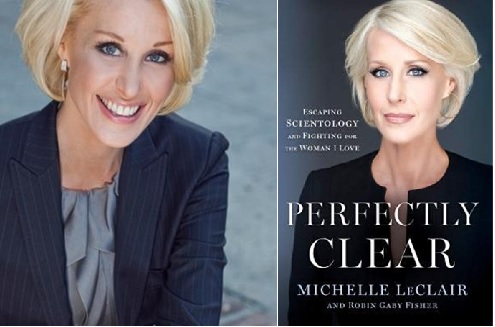
“Michelle LeClair’s book got a nice boost this week as it was featured on the cover of People magazine ahead of its September 11 publication date, and we expect it’s going to continue to get a major media push. But now that we’ve read the book, we’re having some mixed feelings about that.”
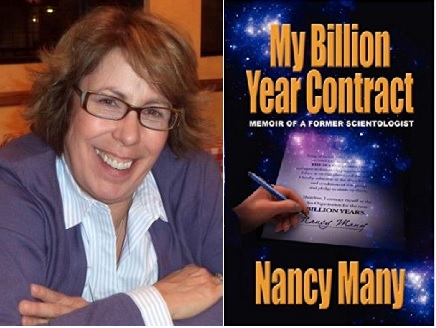
“Nancy is the only former church member who has written about the ‘messianic project’ of the late 1970s, and we’re glad she gave us this section to show you.”
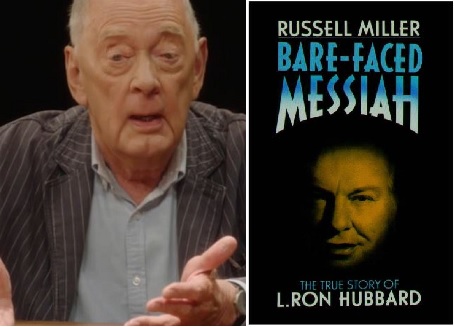
“Still the best biography of Scientology’s founder and perhaps the best book about Scientology of them all, Russell Miller’s Bare-Faced Messiah: The True Story of L. Ron Hubbard, was difficult to find in this country for a long time. The book is back in print now.”
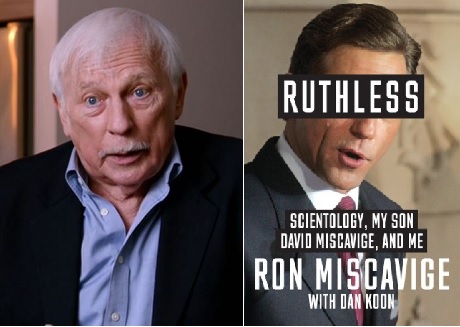
“Ron sent us the key chapter when he and his wife, Becky Bigelow, finally made their escape from Scientology’s Int Base which was run by Ron’s son, Scientology supreme leader David Miscavige.”
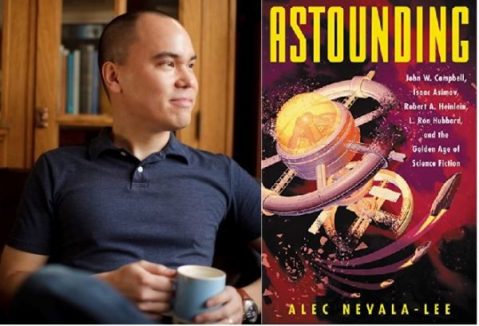
“For science fiction aficionados, this book is a real treat, narrating with deep research a crucible of the genre’s development: Astounding magazine editor John W. Campbell and his work with three of his most famous writers.”
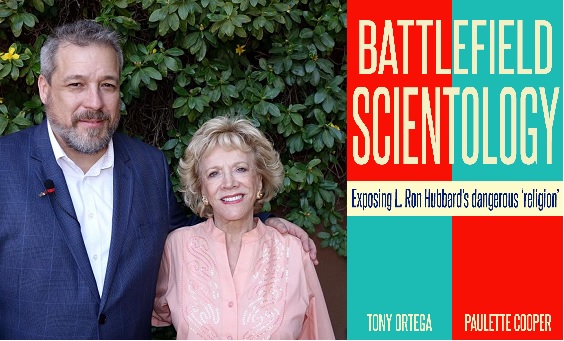
“Paulette approached me, suggesting that a book made up of the Bunker’s biggest hits would be extremely helpful to people struggling to understand Scientology, where it had been, and where it was going.”
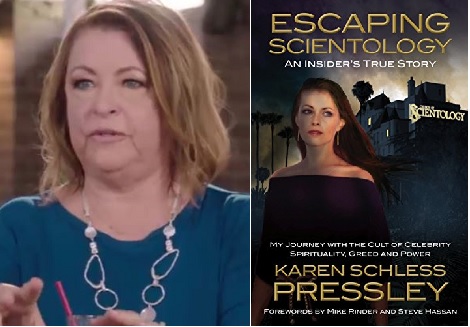
“Pressley wants us to understand the Orwellian world of Int Base, and what it was like to live at the whims of a madman like Scientology leader David Miscavige. We think she did a bang-up job.”
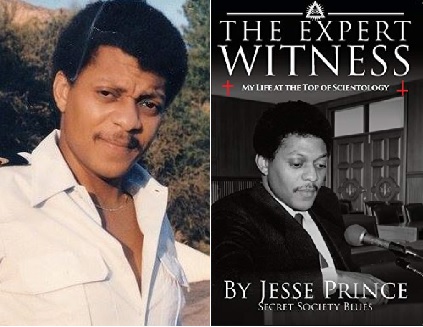
“Our thanks to Jesse for allowing us to reproduce this excerpt. It takes place a couple of years after Scientology founder L. Ron Hubbard had gone into permanent seclusion in February 1980. After that Scientology was run by Hubbard through ‘advices’ he sent out from his hiding place to his lieutenants Pat Broeker and David Miscavige, who were gaining power because of their control of information.”
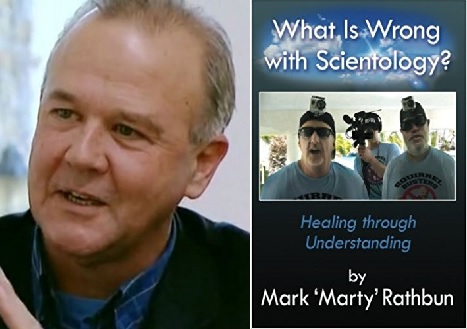
“Rathbun has put out a brief manifesto of sorts, written for the increasing numbers of people who have left the official church but still adhere to the ideas of L. Ron Hubbard. They call themselves ‘independent Scientologists’.”
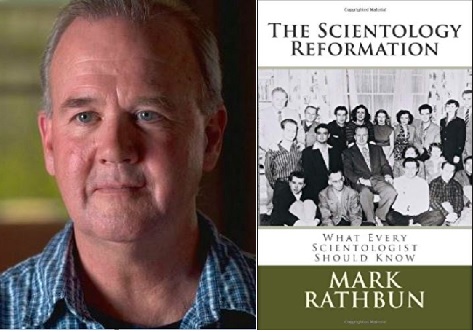
“Former high-ranking Church of Scientology official Mark “Marty” Rathbun has released a book that condemns current church leader David Miscavige for taking Scientology away from the concepts of its founder, L. Ron Hubbard, and blasts Miscavige and his best friend Tom Cruise for a litany of malfeasance and corruption.”
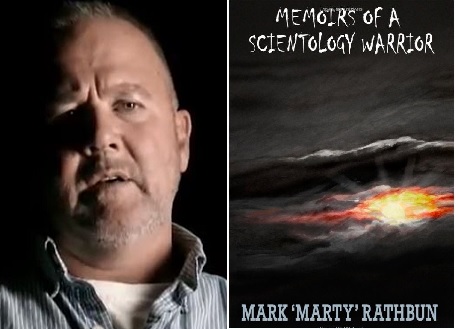
“This book gives us an extended look at what it must have been like to be Marty Rathbun in the 1980s — but as if written by Marty Rathbun in the 1980s.”
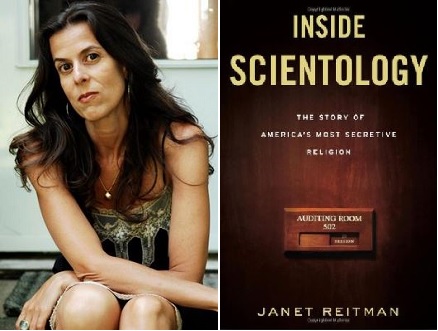
“Reitman revisits many of the familiar milestones of Scientology’s history, but has done such a good job with original research and interviewing eyewitnesses from every era of the organization’s development that she can weave a page-turning narrative no matter how arcane the material.”

“Leah Remini’s Troublemaker will put Scientology in the spotlight like nothing before. And Scientology never looks good when it’s flooded with revealing light.’

“Nathan Rich really made an impression on us with his appearance on Leah Remini’s series discussing his time at the Mace-Kingsley Ranch. But then he really knocked our socks off with his book.”
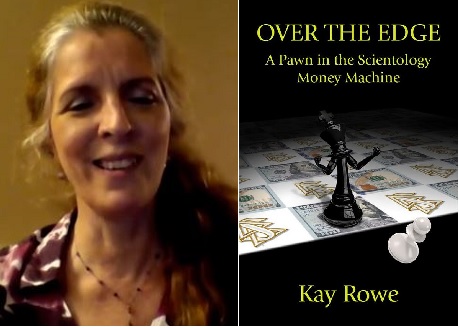
“Kay is giving us a look at the world of asking other Scientologists for money, which is a neverending quest under David Miscavige.”
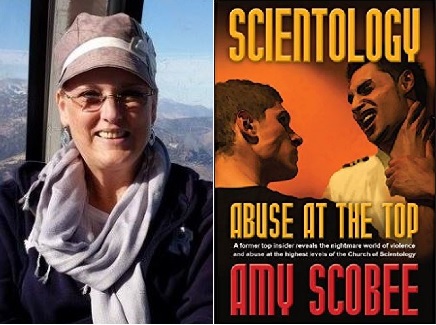
“Amy was one of several high-ranking executives who came out of Scientology in the 2000s and changed the way the church is viewed by the media.”
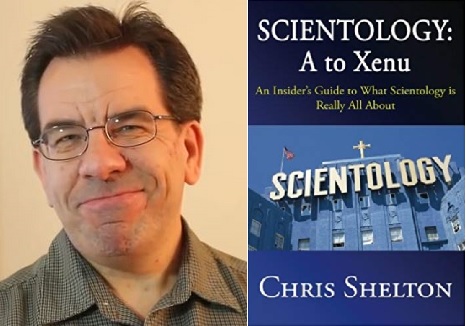
“Chris is interested in more than telling you his experiences in the Sea Org or its prison detail, the Rehabilitation Project Force. What Chris really wants to do is provide a guide to the ideas and policies and history of Scientology that will be useful to the outsider.”
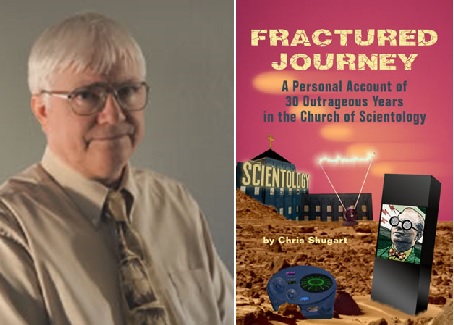
“We specifically asked for this portion of the book, which practically drove us nuts when we read it. Couldn’t Chris see the disaster he was walking into? Ah, Scientologists.”

“Sweeney wrote about his experiences making two BBC documentaries about the church, 2007’s ‘Scientology and Me,’ and 2010’s ‘The Secrets of Scientology.’ In this chapter, he’s being handled by Scientology’s two spokesmen — Tommy Davis and Mike Rinder — as he conducts interviews for his 2007 Panorama episode at the Hollywood Celebrity Centre.”
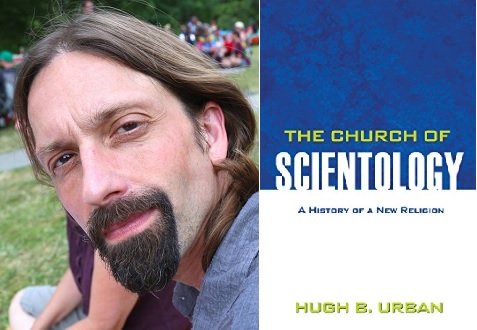
“For this longtime Scientology watcher, much of the material in the book was familiar, but Urban’s book is valuable for how well he organizes a massive amount of information in a well-paced, enjoyable read, and in only 216 pages.”
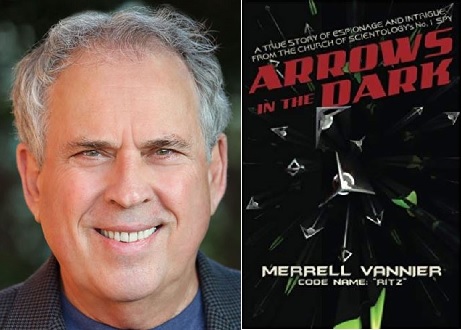
“We think Vannier will have some difficulty winning over non-Scientology readers to his overall project, which is to recast his spying activities and vindicate not only himself but also Scientology with several surprising assertions. Vannier portrays himself as the victim of the incompetence of others or their nefarious conspiracies.”
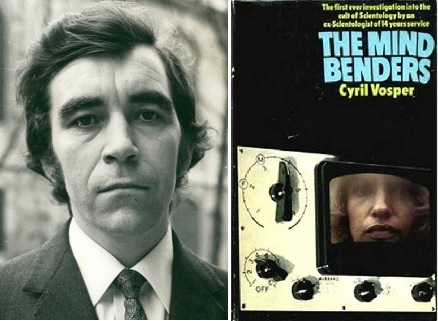
“It was the first book by a former Scientologist to expose the organization, beating Robert Kaufman’s Inside Scientology, which came out the next year. Long out of print, Vosper’s book is worth tracking down for its sense of humor as well as its cutting insights into L. Ron Hubbard and his ideas.”

“This is a book that takes potshots at consummate professionals like Russell Miller and Lawrence Wright and then admits that its 69 interviews with Scientologists were arranged by the church’s own notorious Office of Special Affairs.”

“Wills argues that William Burroughs biographers tended to play down (or merely not understand) how deeply into Scientology Burroughs had been before famously falling away from it in scathing testimonials.”
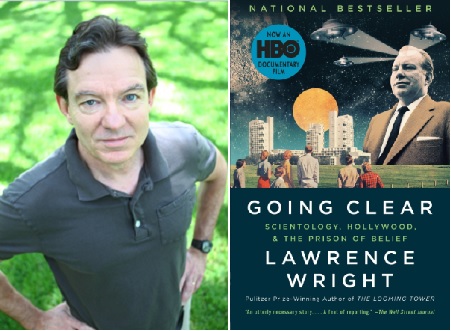
“Larry Wright’s book carefully explains how the church got into its current mess, and the sheer amount of territory he covers in only 365 pages is astounding. Yes, there are stunning new details in every chapter, but Wright weaves together his story with such hypnotic flow and even-handedness, the new and the old fit together seamlessly.”






